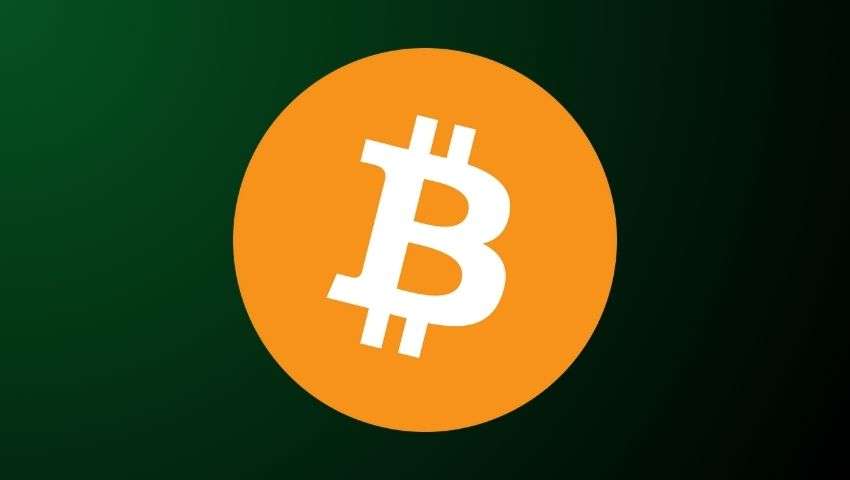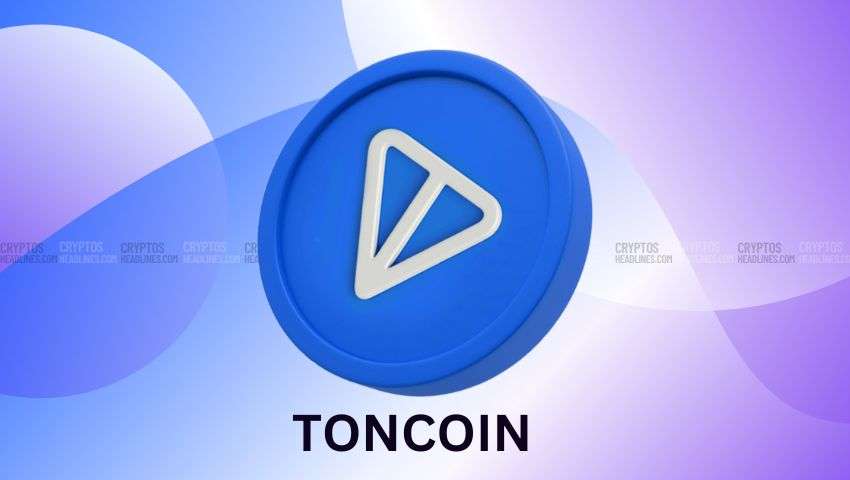Bitcoin miners could experience a massive 2,900% increase in rewards over the next ten years, according to a mathematical model. The prediction is based on the Power Law model, developed by Giovanni Santostasi. This model suggests that significant shifts in Bitcoin prices and transaction fees will be key factors driving this growth.
A Market Analyst, using the Power Law model, has projected that Bitcoin block rewards will see substantial growth in the coming decade. This potential increase highlights the evolving dynamics of the cryptocurrency market and the potential for greater profitability for Bitcoin miners.
Power Law Predicts Major Bitcoin Price and Reward Growth
The Power Law Model, which forecasts Bitcoin trading within a specific range, suggests substantial growth in Bitcoin prices and block rewards over the next ten years. The model provides upper and lower bound price estimates, with a regression fit indicating a “fair price.” These projections take into account future Bitcoin halvings but do not factor in fees paid to miners or changes in the hash rate and Bitcoin difficulty. Such variables could significantly impact the overall block reward and the cost of mining Bitcoin.
According to the model, the upper bound price of Bitcoin is expected to rise from $274,548 in 2024 to $3,579,973 by 2034. If these estimates hold, miners could see their potential rewards increase from approximately $857,965 in 2024 to $5,593,709 by 2034.
Meanwhile, the fair and lower bound prices offer more conservative projections. Block rewards at the fair price are estimated to grow from $215,903 in 2024 to $2,135,421 by 2034, while lower bound price rewards could rise from $76,617 to $757,676 over the same period.
These projections highlight the increasing importance of efficiency and cost management for Bitcoin miners. With the block reward halving approximately every four years, miners may need to rely more heavily on transaction fees to maintain profitability. Additionally, if the hash rate increases without a corresponding rise in Bitcoin prices, miners could face thinner profit margins. As the network evolves, miners will need to adapt to these changing conditions to stay competitive.
Bitcoin Mining: Potential for High Rewards Amid Rising Challenges
The expected rise in Bitcoin prices could lead to substantial returns for miners, but this comes with the challenges of increasing difficulty and potential reductions in block rewards after future halving events. Miners who can innovate, adopt more energy-efficient hardware, or diversify their revenue streams might be better positioned to succeed in this changing environment. The long-term outlook suggests that while block rewards may grow in absolute fiat terms, the path to securing these rewards will become more difficult, necessitating continuous optimization of mining operations.
Currently, the Bitcoin reward per block is 3.125 BTC, which is approximately $183,437. If Bitcoin adheres to the Power Law Model projections through 2034, this reward could surge by 2,905%, potentially reaching $5,593,709. Including transaction fees, Bitcoin mining could become extremely profitable over the next decade, provided it is managed efficiently. With about 144 Bitcoin blocks generated daily, this could translate to roughly $792 million in Bitcoin daily and $5.5 billion weekly.
Important: Please note that this article is only meant to provide information and should not be taken as legal, tax, investment, financial, or any other type of advice.
Join Cryptos Headlines Community
Follow Cryptos Headlines on Google News
Join our official TG Channel: https://t.me/CryptosHeadlines










